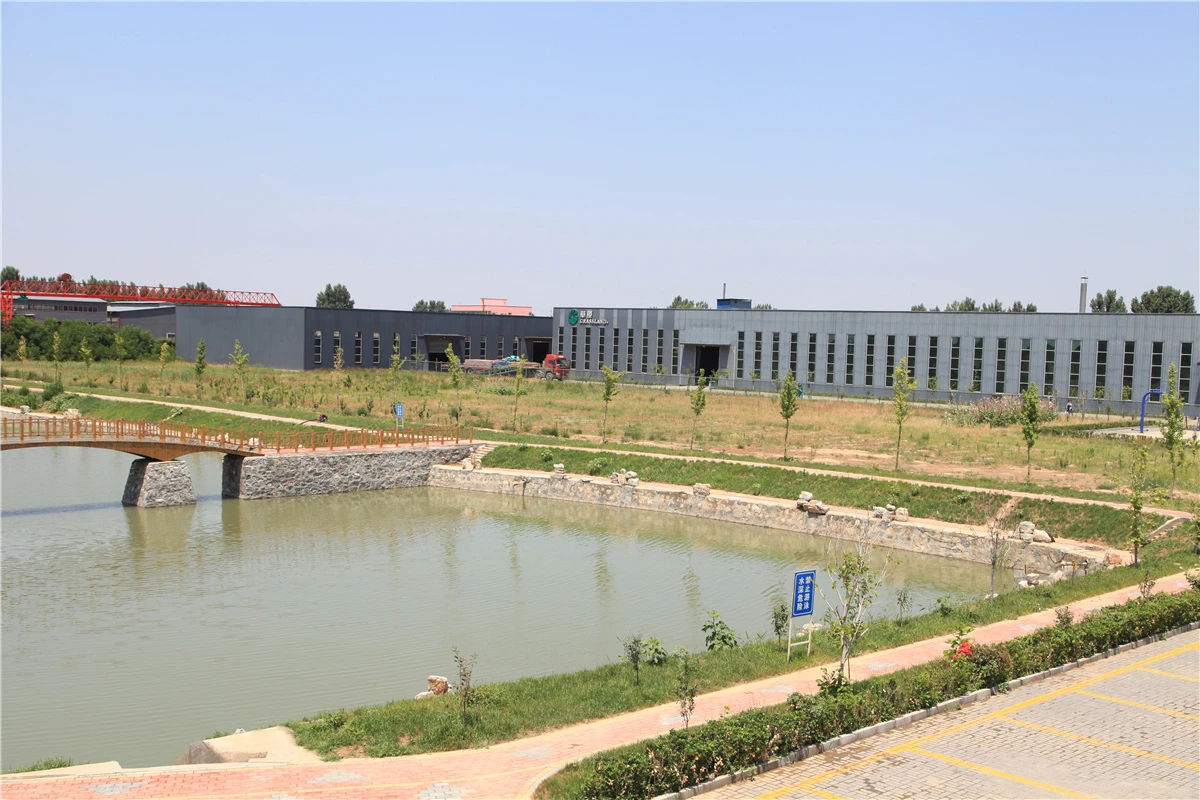Understanding the Difference Between Type 27 and Type 29 Flap Discs
Flap discs are a popular choice in the world of abrasive tools used for grinding, sanding, and finishing materials. They come in various types, each designed for specific applications. Among these, Type 27 and Type 29 flap discs are commonly discussed and utilized, but they are tailored for different tasks. This article delves into the differences between Type 27 and Type 29 flap discs, focusing on their design, application, and advantages.
Design and Structure
One of the most noticeable differences between Type 27 and Type 29 flap discs is their shape. Type 27 flap discs have a flat profile. This design allows for maximum surface contact, making them particularly effective for flat surface grinding and finishing. Their flat nature is ideal for applications where a smooth finish is required, such as in metal fabrication and woodworking.
Conversely, Type 29 flap discs are angled, typically at a 15 to 25-degree angle. This tapered design allows these discs to reach into corners and contours more effectively, making them suitable for applications involving curved surfaces or weld seams. The angled flaps create a more aggressive grinding action, which is advantageous when removing material quickly or working on irregular surfaces.
Application and Versatility
When it comes to application, Type 27 flap discs excel in tasks that require precision and finesse. They are widely used in applications such as blending, finishing, and polishing on flat surfaces. Industries such as automotive, construction, and metalworking frequently employ Type 27 discs for projects where a smooth finish is paramount.
difference between type 27 and type 29 flap disc

On the other hand, Type 29 flap discs are preferred for projects that involve more aggressive material removal. Their angled design allows for easier access to hard-to-reach areas while still providing the capability to grind and polish effectively. This makes them ideal for use in metal fabrication, weld preparation, and heavy-duty grinding tasks. The versatility of Type 29 discs also extends to working on various materials, including metal, wood, and plastics.
Performance and Efficiency
The performance of flap discs also varies between Type 27 and Type 29. Type 27 discs are generally regarded as more efficient for finishing applications due to their flat surface providing even contact across the workpiece. This efficiency minimizes the risk of gouging or uneven grinding, making it suitable for final touches on surfaces that require a high-quality finish.
In contrast, Type 29 flap discs offer higher aggressiveness, making them more suited for rough grinding tasks where speed is of the essence. The angled flaps allow for a larger surface area to engage with the material, leading to quicker material removal rates. However, this can come at the cost of precision; thus, they may not be the best choice when a delicate finish is required.
Conclusion
In conclusion, both Type 27 and Type 29 flap discs have their unique advantages and specific applications. Type 27 discs are ideal for tasks that prioritize smooth finishing on flat surfaces, while Type 29 discs shine in heavy-duty applications requiring faster material removal and access to complex shapes. Understanding the differences in design, application, and performance between these two types of flap discs will empower users to choose the right tool for their specific tasks, ensuring efficiency and quality in their work. Whether you are involved in metalworking, woodworking, or construction, selecting the appropriate flap disc can significantly impact the outcome of your projects.
Post time:Oct - 11 - 2024

















